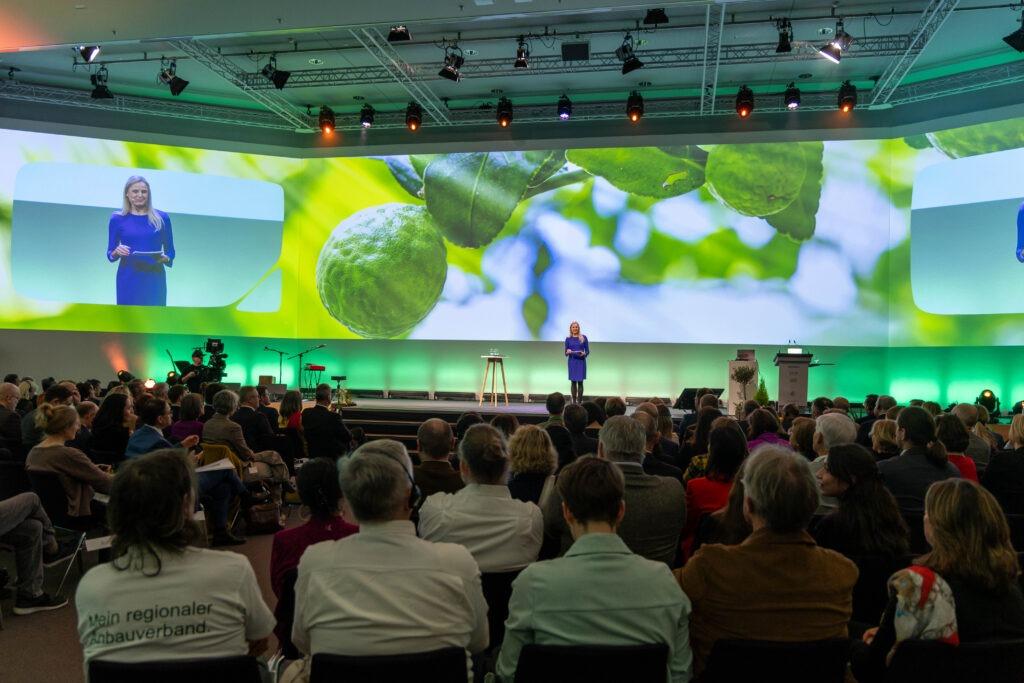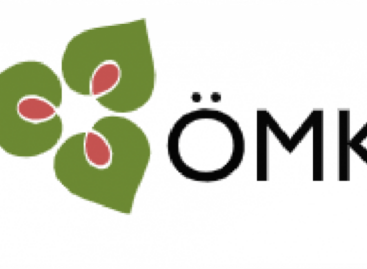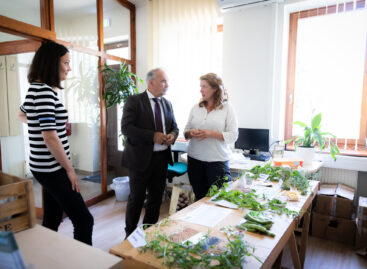The European organic market is on a growth path again, Hungary has moved into the first quarter of the global field with its organic area ratio
The latest statistics on the global development of organic farming are available. The statistical yearbook “The World of Organic Agriculture” was presented on 11 February 2025 at BIOFACH, the world’s leading organic food trade fair and conference in Nuremberg. The global organic area has expanded to nearly 99 million hectares, while Europe remains the second largest market for organic products after the United States, with a turnover of 46.5 billion euros. Hungary ranks 25th in the world ranking of organic areas with 320,251 hectares. The conference section, organized by the Organic Agriculture Research Institute (ÖMKi), bringing together decision-makers from Central and Eastern Europe, discussed the growth and current objectives of the region’s organic sector.

Organic agriculture in a global context: close to 99 million hectares
Organic farming continued to grow in 2023, albeit at a slower pace, in terms of area, production and trade. According to global statistics, organic farming was practiced on 98.9 million hectares by the end of 2023, accounting for 2.1% of the world’s agricultural area. More than half of the organic areas, 53 million hectares, are located in Australia, followed by India (4.5 million ha) and Argentina (4 million ha). Controlled organic farming is practiced in 188 countries, with 22 countries having an organic area exceeding 10% of the total agricultural area, 16 of which are European. The highest organic area ratios are in Liechtenstein (44.6%), Austria (27.3%) and Uruguay (25.4%). There are 4.3 million farmers worldwide who farm under organic control, more than half of them (2.36 million) in India. The global organic market grew slightly but continued to grow in 2023, reaching an annual turnover of €136.4 billion.
Europe is the world’s second largest organic market
The area under organic farming in the European Union continued to grow steadily in 2023, reaching 17.7 million hectares, or 10.9% of the total agricultural area. Spain took over from France as the largest organic area, with 3 million hectares. In the EU, 43% (7.7 million ha) of organic areas are arable crops, 42% (7.4 million ha) are grassland, and 13% (2.3 million ha) are plantations. 435,000 farmers farm organically in the EU, with the largest number (84,191) in Italy. Italy also leads in the number of certified organic processors, and Germany in terms of importers.
After the US market of €59 billion, the European Union is the second largest single organic market in the world, with an annual turnover of €46.5 billion. The number of organic areas and organic farmers is increasing, as is the consumption and trade of organic products in Europe. In 2023, the European market showed the strongest growth in terms of organic product turnover in the world. The European Union market grew by 2.9% in 2023 after a multi-factorial slowdown in 2022 (the Russo-Ukrainian war, rising energy prices, rising living costs and inflation), with outstanding double-digit growth in Estonia and the Netherlands (+13% and +12.5%). Germany remains the largest market in Europe with an annual turnover of 16.1 billion euros in organic products. The recovery in 2023 indicates a renewal of consumer confidence and demand for organic products, which is expected to continue in 2024.
Related news
Healthy choice, richer flavors – Celebrate new bread with organic and ancient grain flours!
🎧 Hallgasd a cikket: Lejátszás Szünet Folytatás Leállítás Nyelv: Auto…
Read more >AM: the government provides new resources to increase the sustainability of agriculture
🎧 Hallgasd a cikket: Lejátszás Szünet Folytatás Leállítás Nyelv: Auto…
Read more >The government provides new resources to increase the sustainability of agriculture
🎧 Hallgasd a cikket: Lejátszás Szünet Folytatás Leállítás Nyelv: Auto…
Read more >Related news
How do young adults celebrate?
🎧 Hallgasd a cikket: Lejátszás Szünet Folytatás Leállítás Nyelv: Auto…
Read more >Vajda-Papír celebrates Ooops!’s 15th anniversary with a hybrid AI campaign
🎧 Hallgasd a cikket: Lejátszás Szünet Folytatás Leállítás Nyelv: Auto…
Read more >Pre-holiday shopping at up to half price
🎧 Hallgasd a cikket: Lejátszás Szünet Folytatás Leállítás Nyelv: Auto…
Read more >






